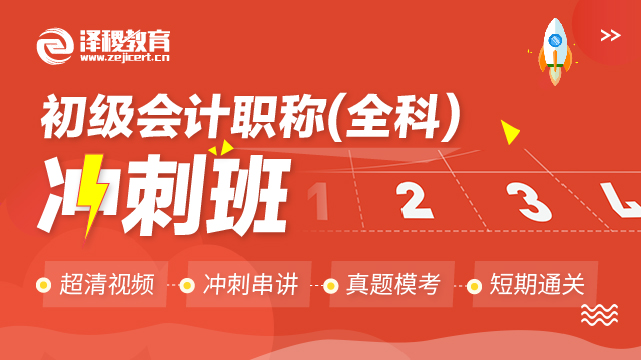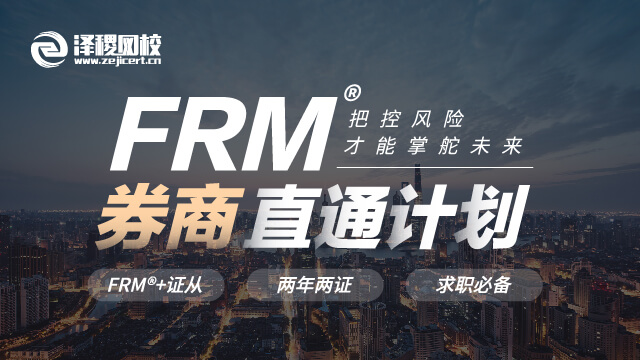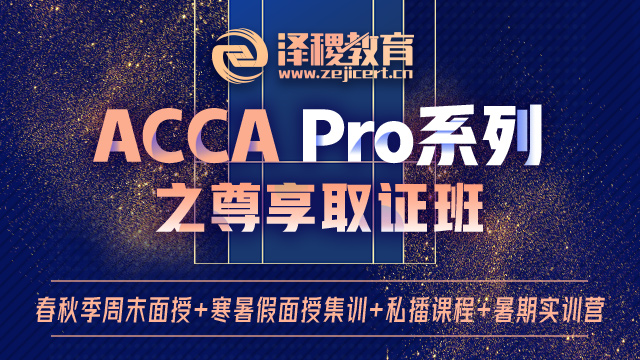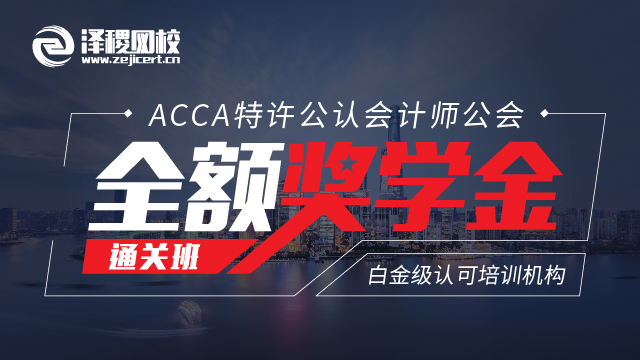本文将重点对财务绩效和将详细介绍从F2 / FMA考试的考生预计的技能和知识的措施。
分析使用比率和百分比来评估组织的绩效财务报表的能力,将在很多ACCA的考试试卷进行测试的技能。它还将在未来的职业生涯成功的候选人被经常使用。
RATIO ANALYSIS 比率分析
The ability to analyse financial statements using ratios and percentages to assess the performance of organisations is a skill that will be tested in many of ACCA’s exam papers. It will also be regularly used by successful candidates in their future careers.
The Paper F2/FMA syllabus introduces candidates to performance measurement and requires candidates to be able to 'Discuss and calculate measures of financial performance (profitability, liquidity, activity and gearing) and non-financial measures'. This article will focus on measures of financial performance and will detail the skills and knowledge expected from candidates in the Paper F2/FMA exam.
Paper F2/FMA candidates are expected to be able to calculate key accounting ratios, to know what they measure, and to explain what particular values mean. The syllabus categorises ratios into four headings: profitability, liquidity, activity and gearing.
PROFITABILITY
Profitability ratios, as their name suggests, measure the organisation’s ability to deliver profits. Profit is necessary to give investors the return they require, and to provide funds for reinvestment in the business. Three ratios are commonly used.
1. Return on capital employed (ROCE): operating profit ÷ (non current liabilities +
total equity) %
2. Return on sales (ROS): operating profit÷ revenue %
3. Gross margin: gross profit÷ revenue %
Return on capital employed
Return on capital employed (sometimes known as return on investment or ROI) measures the return that is being earned on the capital invested in the business. Candidates are sometimes confused about which profit and capital figures to use. What is important is to compare like with like. Operating profit (profit before interest) represents the profit available to pay interest to debt investors and dividends to shareholders. It is therefore compared with the long-term debt and equity capital invested in the business (non current liabilities + total equity). By similar logic, if we wished to calculate return on ordinary shareholders funds (the return to equity holders), we would use profit after interest and tax divided by total equity).
A return on capital is necessary to reward investors for the risks they are taking by investing in the company. Generally, the higher the ROCE figure, the better it is for investors. It should be compared with returns on offer to investors on alternative investments of a similar risk.
Return on sales
Return on sales (sometimes known as operating margin) looks at operating profit earned as a percentage of revenue. Again, in simple terms, the higher the better. Poor performance is often explained by prices being too low or costs being too high.
The ROCE and ROS ratios are often considered in conjunction with the asset turnover ratio. (The asset turnover ratio is discussed later). They are considered at the same time because:
ROCE = ROS x asset turnover
operating profit = operating profit x revenue
capital employed revenue capital employed
This relationship can be useful in exam calculations. For example, if you are told that a business has a return on sales of 5% and an asset turnover of 2, then its ROCE will be 10% (5% x 2). This is more than a mathematical trick. It means that any change in ROCE can be explained by either a change in ROS, or a change in asset turnover, or both.
Gross margin
Return on sales looks at profits after charging non-production overheads. Gross margin on the other hand focuses on the organisation’s trading activities. Once again, in simple terms, the higher the better, with poor performance often being explained by prices being too low or costs being too high.
LIQUIDITY
This measures the ability of the organisation to meet its short-term financial obligations.
Two ratios are commonly used:
4. Current ratio current assets ÷ current liabilities
5. Acid test (current assets – inventory) ÷ current liabilities
Current ratio
The current ratio compares liabilities that fall due within the year with cash balances, and assets that should turn into cash within the year. It assesses the company’s ability to meet its short-term liabilities. Traditionally textbooks tell us that this ratio should exceed 2.0:1 for a company to be able to safely meet its liabilities. However, acceptable current ratios vary between industrial sectors, and many companies operate safely at below the 2:1 level.
A very high current ratio is not necessarily good. It could indicate that a company is too liquid. Cash is often described as an ’idle asset‘ because it earns no return, and carrying too much cash is considered wasteful. A high ratio could also indicate that the company is not making sufficient use of cheap short-term finance.
Acid test
The acid test (or quick ratio) recognises that inventory often takes a long time to convert into cash. It therefore excludes inventory values from liquid assets. Traditionally textbooks tell us that this ratio should exceed 1:1 but once again many successful companies operate below this level.
In practice a company’s current ratio and acid test should be considered alongside the company’s operating cashflow. A healthy cashflow will often compensate for weak liquidity ratios.
ACTIVITY RATIOS
6. Asset turnover: revenue ÷ (non current liabilities + total equity) ×
7. Receivables days: receivables ÷ credit sales × 365 days
8. Inventory days: inventory ÷ cost of sales × 365 days
9. Payable days: payables ÷ purchases (or cost of sales) × 365 days
Activity ratios measure an organisation’s ability to convert balance sheet items into cash or sales. They measure the efficiency of the business in managing its assets.
Asset turnover
This measures the ability of the organisation to generate sales from its capital employed. A possible variant is non-current asset turnover (revenue ÷ non-current assets). Generally the higher the better, but in later studies you will consider the problems caused by overtrading (operating a business at a level not sustainable by its capital employed). Commonly a high asset turnover is accompanied with a low return on sales and vice versa. Retailers generally have high asset turnovers accompanied by low margins: Jack Cohen, the founder of Tesco, famously used the motto ’Pile it high and sell it cheap’!
Receivable days
This is also known as debtor days. If a company has average accounts receivable of $20,000 on annual credit sales of $40,000 then on average 50% of its annual credit sales are uncollected. If credit sales are spread evenly over the year, then this represents 50% of a year’s sales, equivalent to 183 days, to collect cash from customers. ($20,000/$40,000 ÷ 365 days = 183 days). For liquidity purposes the faster money is collected the better. Also, generally, the longer customers are given to pay, the higher the level of bad debts. However, too much pressure on customers to pay quickly may damage a company’s ability to generate sales.
Inventory days
Also known as stock days. This is calculated in a very similar way to receivable days. It measures how long a company carries inventory before it is sold. Again for liquidity purposes the shorter this period the better, as less cash is tied up in inventory. Also long inventory holding periods can result in obsolete inventory. On the other hand, too little inventory can result in production stoppages and dissatisfied customers.
Payable days
Also known as creditor days. Once again this is calculated in a similar way to receivable days. Because the purchases figure is often not available to analysts external to the business, the cost of sales figure is often used to approximate purchases. Payable days measures the average amount of time taken to pay suppliers. Long payment periods are good for the customer’s liquidity, but can damage relationships with suppliers.
GEARING
This relates to an organisation’s ability to meet its long-term debts. Two ratios are commonly used.
10. Capital gearing: non-current liabilities ÷ ordinary shareholders funds % (this is sometimes described as the debt to equity ratio)
or
non-current liabilities ÷ (ordinary shareholders funds + non current liabilities % (sometimes described as debt to equity + debt)
11. Interest cover: operating profit ÷ finance costs
Capital gearing
Also known as leverage. Capital gearing looks at the proportions of owner’s capital and borrowed capital used to finance the business. Many different definitions exist; the two most commonly used ones are given above. When necessary in the exam, you will be told which definition to use.
A large proportion of borrowed capital is risky as interest and capital repayments are legal obligations and must be met if the company is to avoid insolvency. The payment of an annual equity dividend on the other hand is not a legal obligation. Despite its risks, borrowed capital is attractive to companies as lenders accept a lower rate of return than equity investors due to their secured positions. Also interest payments, unlike equity dividends, are corporation tax deductible.
Levels of capital gearing vary enormously between industries. Companies requiring high investment in tangible assets are commonly highly geared. Consequently, it is difficult to generalise about when capital gearing is too high. However, most accountants would agree that gearing is too high when the proportion of debt exceeds the proportion of equity.
Interest cover
This is sometimes known as income gearing. It looks at how many times a company’s operating profits exceed its interest payable. The higher the figure, the more likely a company is to be able to meet its interest payments. Anything in excess of four is usually considered to be safe.
TYPICAL QUESTION
You are unlikely to be asked a question of the nature of ’Current assets are $3,000 and current liabilities are $1,000, what is the current ratio?’
This is considered too low level for Paper F2/FMA. The question (see 'Related link'), from the December 2011 examiner’s comments, demonstrates the standard of understanding of ratios that is required.


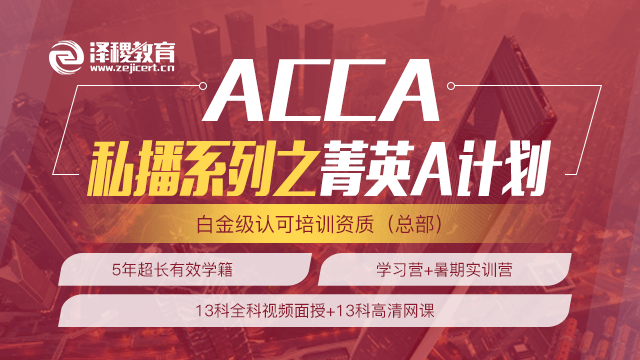
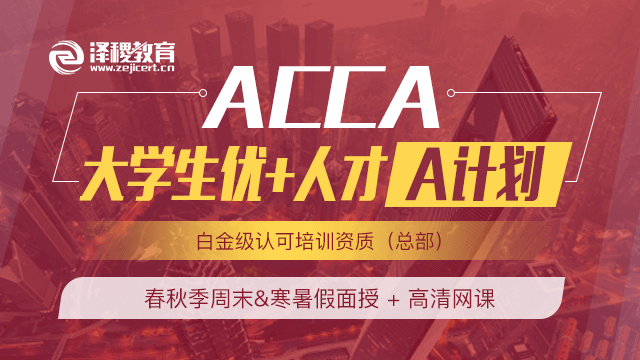
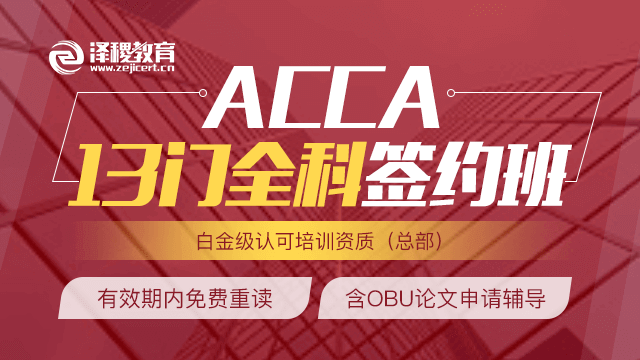
 白金级认可培训资质(总部)
白金级认可培训资质(总部)
 课程试听
课程试听
 职业规划
职业规划
 ACCA中文教材
ACCA中文教材
 考位预约
考位预约
 免费资料
免费资料
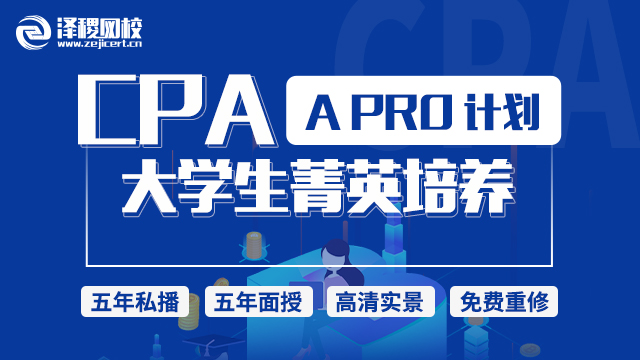
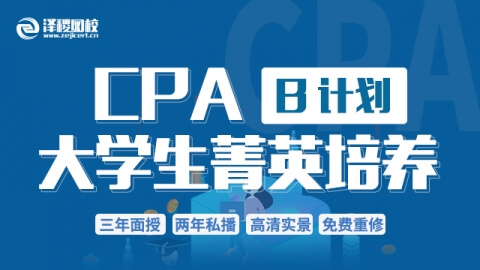


 题库下载
题库下载
 模拟机考
模拟机考


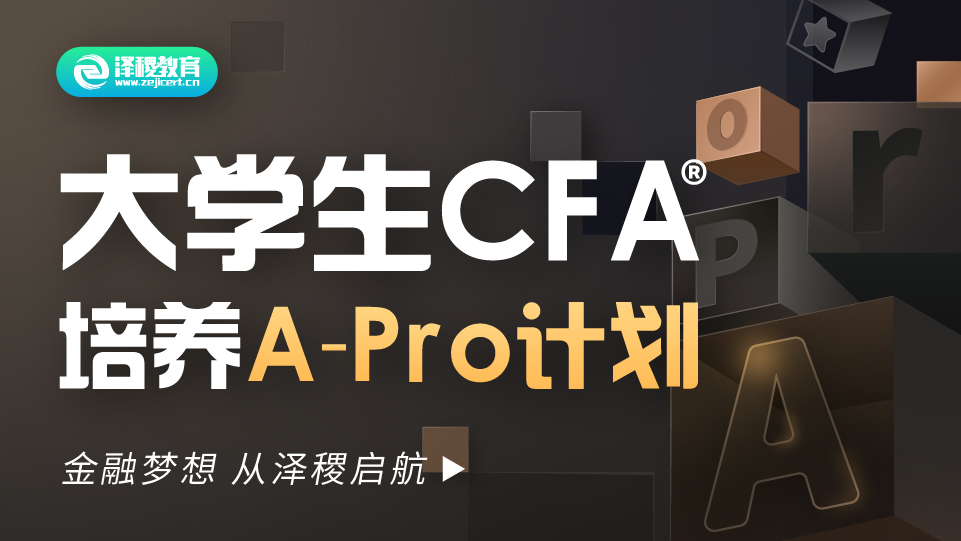

 CFA®成绩查询
CFA®成绩查询



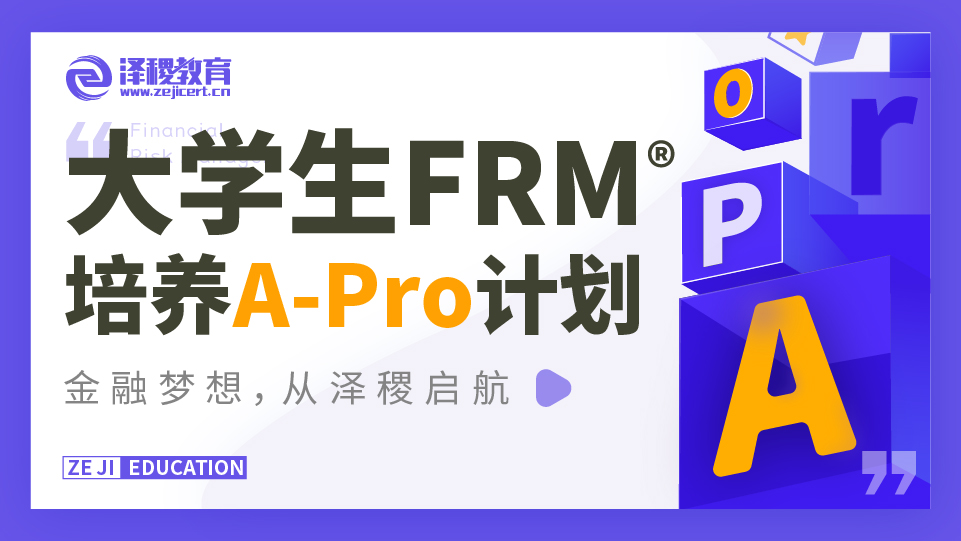
 GARP协会官方认可FRM®备考机构
GARP协会官方认可FRM®备考机构



